
Light Needs

Mature Height

Mature Spread

Growing Zones
With its pale blue flowers that bloom in May, the Eastern Bluestar is sure to add impact at the beginning of summer. Producing erect, green foliage, it is ideal for adding to the front of a border or for ground cover. Clusters of star-shaped flowers appear in spring and provide an important nectar source for pollinators. Botanically named the Amsonia tabernaemontana, this perennial remains a compact 2 to 3 feet tall. At the end of the summer, its willow-like foliage can turn a wonderful yellow adding some late-season interest.
Keeping to a manageable rounded form, the Eastern Bluestar is low maintenance and deer resistant. Its foliage feeds several types of caterpillars and is known to attract butterflies into the garden. Native to open woodlands in North America, this plant is perfect for growing in groups and is well suited to informal and cottage garden planting schemes. Happy in most soils, Eastern Bluestar is also suitable for a shady spot.
Eastern Bluestar Care
Eastern Bluestar prefers to be planted where it will receive full sun or partial shade. It is unfussy about what soil it is grown in and will even tolerate damp or moist conditions as long as the ground is free draining. Once established, this perennial is considered drought tolerant. To encourage its stunning flowers and foliage, a slow-release fertilizer can be applied in spring. However, if grown in fertile soil, extra nutrients are not strictly required.
Although low maintenance, Eastern Bluestar can become so laden with flowers that staking may become necessary. If the flowers are left on, attractive seed heads will develop. The foliage can be pruned back to soil level either in late fall or early spring. In colder areas, pot-grown specimens can be brought under cover to overwinter.
Eastern Bluestar Spacing
Given the right growing conditions, the Eastern Bluestar can grow to a maximum of 2 to 3 feet tall and wide. When planting Amsonia tabernaemontana in groups, it should be spaced approximately 24-36 inches apart.
Eastern Bluestar Information
| USDA Hardiness Zones: 3 - 9 |
| Plant Type: Perennials |
| Light Exposure: Partial Sun to Full Sun (At Least 5 Hours of Direct Sunlight) |
| Mature Height: 2 - 3 Feet |
| Mature Spread: 2 - 3 Feet |
| Spacing: 2 - 3 Feet |
| Habit: Upright |
| Flower Color(s): Blue |
| Flower Description: |
| Bloom Period: |
| Foliage Type: Herbaceous |
| Foliage Color(s): Green |
| Foliage Description: |
| Seasonal Interest: Spring Flowering |
| Watering: Low |
| Resists: Deer |
| Tolerates: Drought |
| Attracts: Bees, Butterflies |
| Container Role: Thriller |
| Uses: Borders, Containers, Mass Planting, Specimen or Focal Point, Wildlife Gardens |
| Features: Attracts Pollinators, Cut Flowers, Fragrant, Low Maintenance, Native to North America |
| Brand: American Beauties Native Plants |
| Common Name: Eastern Bluestar |
| Other Name(s): |
| Scientific Name: Amsonia tabernaemontana |
Simple Plant Spacing Calculator
Please Note: The pictures below are to give a general representation of the different container sizes. The actual size/ages of plants are estimates and will vary based on type of plant, time of year, last pruning & many other factors.
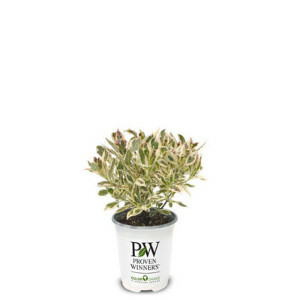
Also Known As:
Quart
Plant Age:
~ 6 months - 1 year
Plant Size:
~ 4"-8"
Pot Size:
~ 4.75"H x 4.5"W
Volume:
1.50 quarts
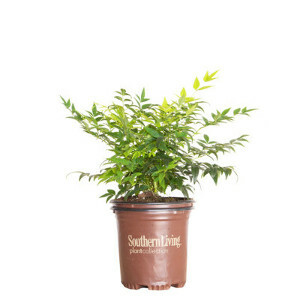
Also Known As:
2.5 Quart Pot
Plant Age:
~ 1 - 2 years old
Plant Size:
~ 8"-12"
Pot Size:
~ 6.5"H x 6.5"W
Volume:
2.20-2.30 quarts
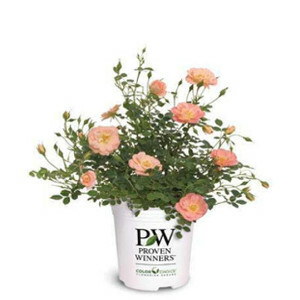
Also Known As:
#1 Container
1 Gallon
Plant Age:
~ 1 - 2 years old
Plant Size:
~ 10"-14"
Pot Size:
~ 7"H x 7.75"W
Volume:
2.26-3.73 quarts
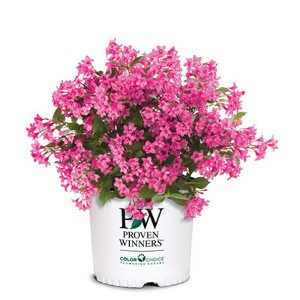
Also Known As:
#2 Container
2 Gallon
Plant Age:
~ 1.5 - 3 years old
Plant Size:
~ 12"-18"
Pot Size:
~ 9.5"H x 9.5"W
Volume:
1.19-1.76 gallons
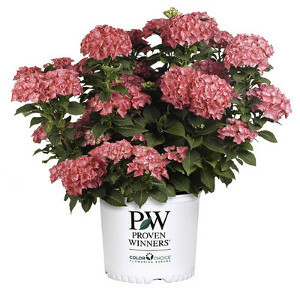
Also Known As:
#3 Container
3 Gallon
Plant Age:
~ 2 - 4 years old
Plant Size:
~ 12"-30"
Pot Size:
~9.5"H x 11"W
Volume:
2.32-2.76 gallons

Also Known As:
#5 Container
5 Gallon
Plant Age:
~3-4 years old
Plant Size:
~ 20" - 60"
Pot Size:
~11" H x 10 1/2” W
Volume:
3.5 - 4 gallons

We stand behind our plants with industry-leading guarantees to give you peace of mind.
We want your plants to arrive in great condition! If you notice any issues upon delivery, contact us within 3 days.
Starting January 1, 2026 all bushes, perennials & trees purchased come with an extended 1-year warranty for added confidence. If your plant dies due to a health issue within a year, we’ll make it right.

Pre-ordered plants are scheduled to ship in Spring 2026. We carefully plan our shipping dates based on your USDA Plant Hardiness Zone to ensure optimal planting conditions upon arrival. Want it sooner/later? Reach out, and we'll try our best to accommodate.
Estimated ship week for pre-ordered plants will ship based on growing zones as shown below.
| Growing Zone | Estimated Ship Week |
|---|---|
| Zone 10 | March 30th |
| Zone 9 | March 30th |
| Zone 8 | April 6th |
| Zone 7 | April 13th |
| Zone 6b | April 20st |
| Zone 6a | April 27th |
| Zone 5b | May 4th |
| Zone 5a | May 11th |
| Zone 4 | May 18th |
| Zone 3 | May 25th |
Note: These are only estimated ship dates. Plants may ship out later depending on weather & growing conditions of the plant.
Note: Only plants indicated as pre-order will ship as shown above. All other plants and hard goods will ship as normal.
Plants that are currently in stock typically ship within 2-7 business days after your order is placed.
Plant Addicts ships to the lower 48 states within the U.S. Unfortunately, we do not currently ship to Alaska, Hawaii, or internationally.
This plant cannot be shipped to the following states: AK, HI. These restrictions apply only to this specific plant due to agricultural regulations or other limitations. Other plants may still be available for shipping to these states.
If you have any questions about shipping restrictions, feel free to reach out to our team!




